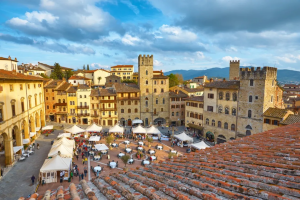
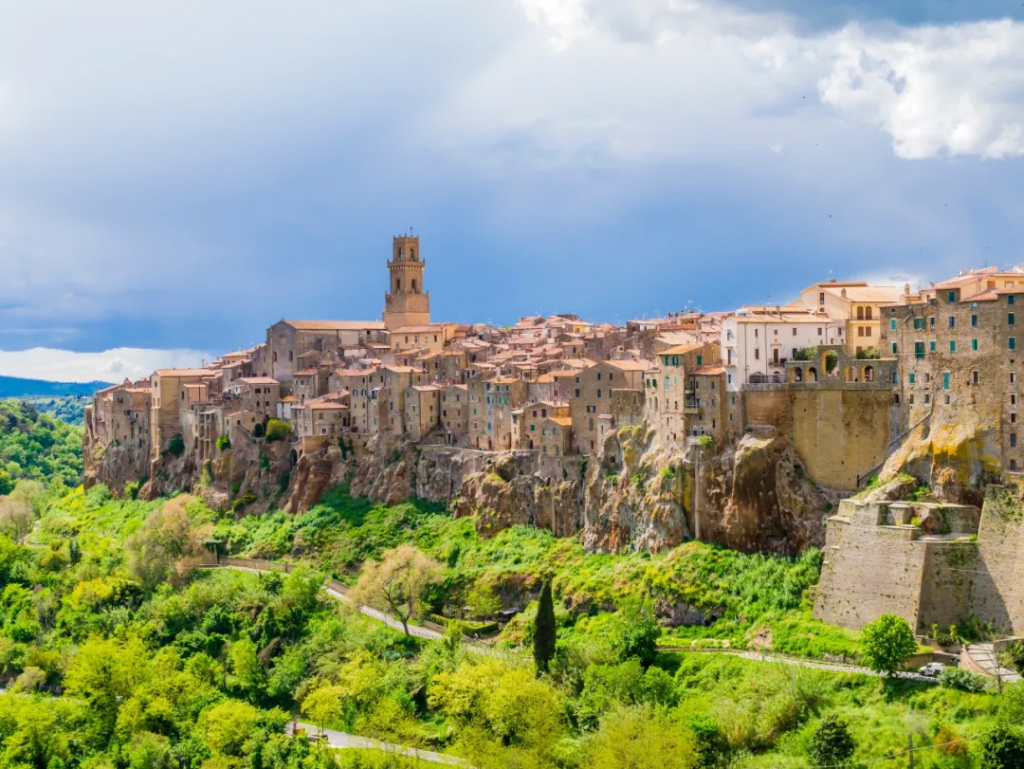
©ScottYellox/Shutterstock
Tuscany (Italian “Toscana”) and Florence (Italian “Firenze”) together perfectly interpret Italy’s famous “sweet life” (dolce vita). In fact, in addition to Florence, Tuscany also hides many cities worth visiting. They are not only a mecca for writers and artists, but also have beautiful rural scenery and prosperous urban landscapes, as well as countless full of history. A fascinating treasure of architecture and art. Let’s feel the gentle rhythm of Italy together today~

©artherng/Getty Images
Central Tuscany
When people imagine a typical Tuscan countryside, they usually think of central Tuscany. However, this popular tourist area not only has rolling hills, sun-drenched vineyards and artistically planted cypress trees. The treasures here are historic towns and cities, most of them are collections of medieval and Renaissance treasures that have been preserved to the present.
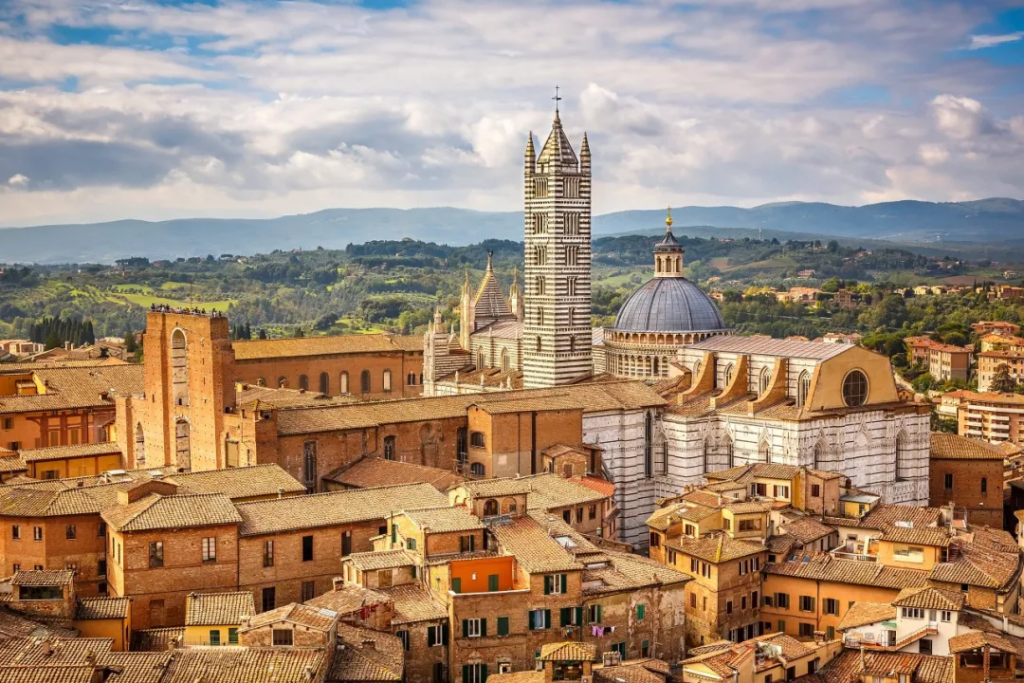
©S.Borisov/Shutterstock
Siena
Siena is like a giant open-air museum that celebrates the Gothic style. The religious and non-religious relics here also retain the appearance of the Middle Ages and the unparalleled art collection, which amazes visitors. The city’s historic district (contrade) is also very beautiful, the closely connected and colorful today is no different from the 17th century, where the world-famous horse racing festival (Palio) was founded.
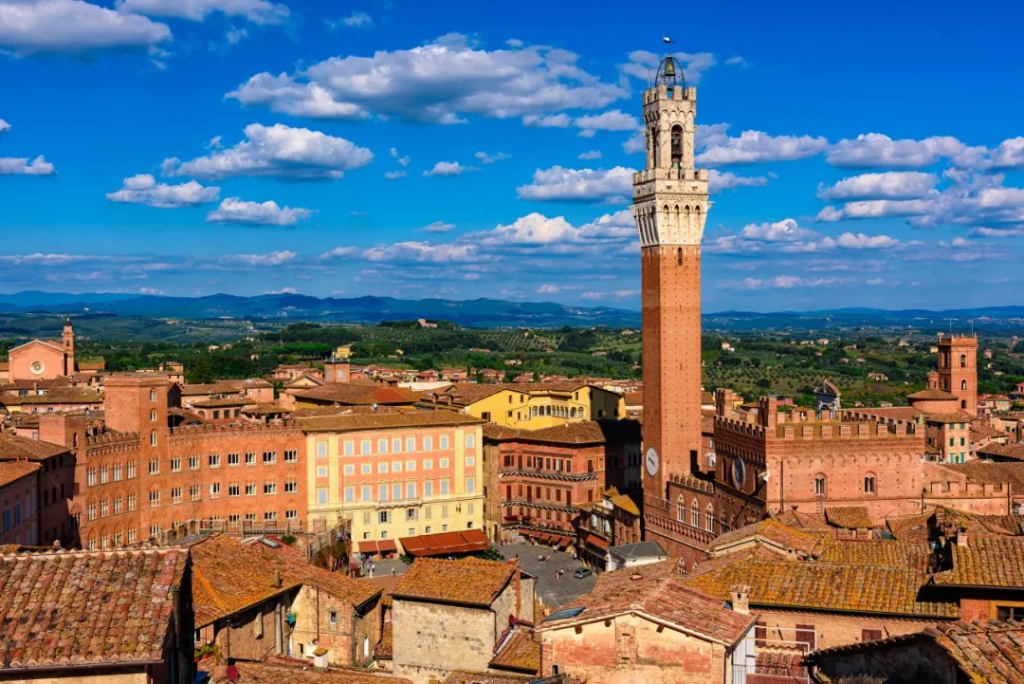
©Catarina Belova/Shutterstock
Piazza del Campo
Since Siena was placed under the administration of the Council of Nine in the middle of the 12th century, this inclined square (it is better known as Il Campo) has been the center of Siena’s city and society. It was built on the site of a Roman market, and its paved floor was divided into nine pieces, symbolizing the members of the Council of Nine.
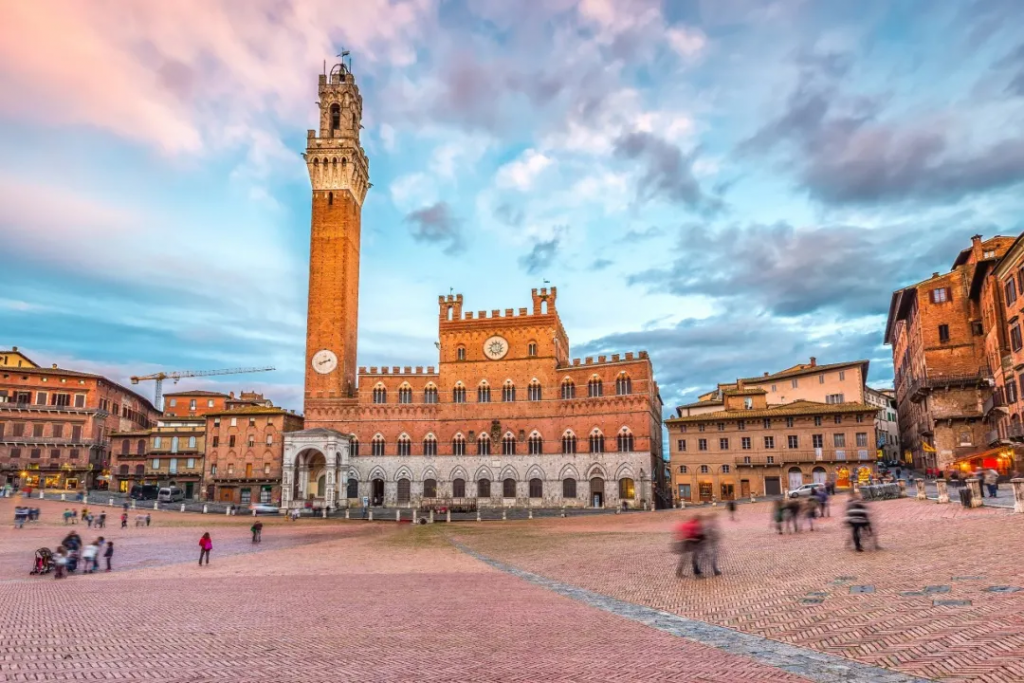
©S.Borisov/Shutterstock
Today, the square is a place for local young people to meet and rest, and the surrounding cafes are the most popular coffee and pre-dinner tasting places in the city.
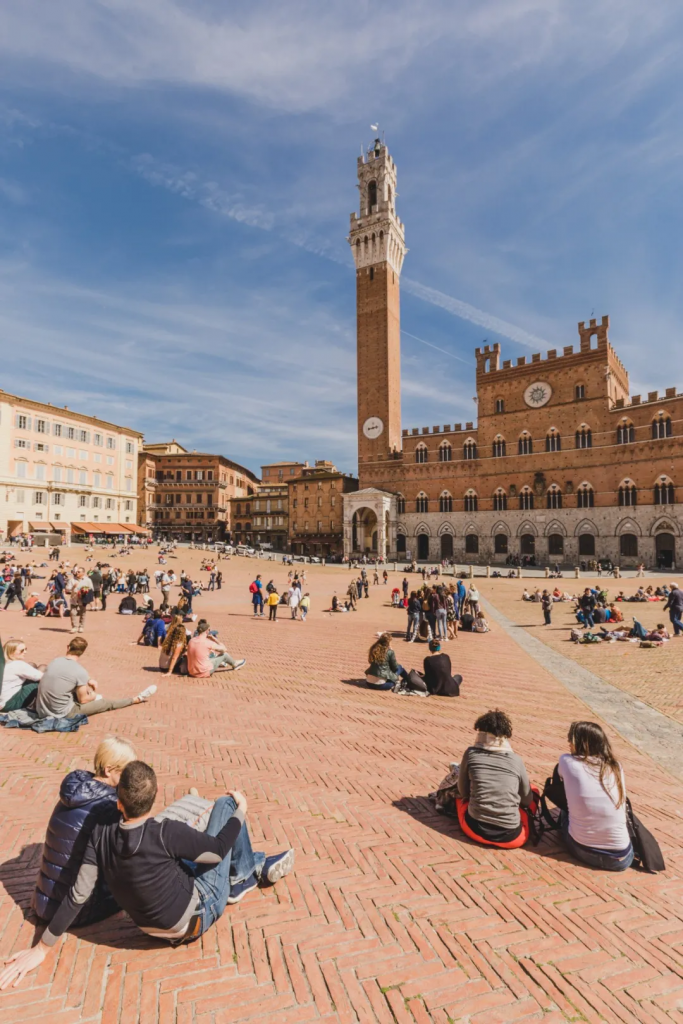
©Fabiano’s_Photo/Shutterstock
Museo Civico
This wonderful museum can be accessed from the consul courtyard of the city hall, with murals created by artists of the Siena school. They were created by painters assigned by the ruler of Siena, not by the clergy of the church. Some of the frescoes depict secular life, which was very unusual at the time. The highlight is the two huge murals: “The Allegory of Good Government and Bad Government” by Ambrogio Lorenzetti and the famous work “The Icon of Our Lady” by Simon Martini.
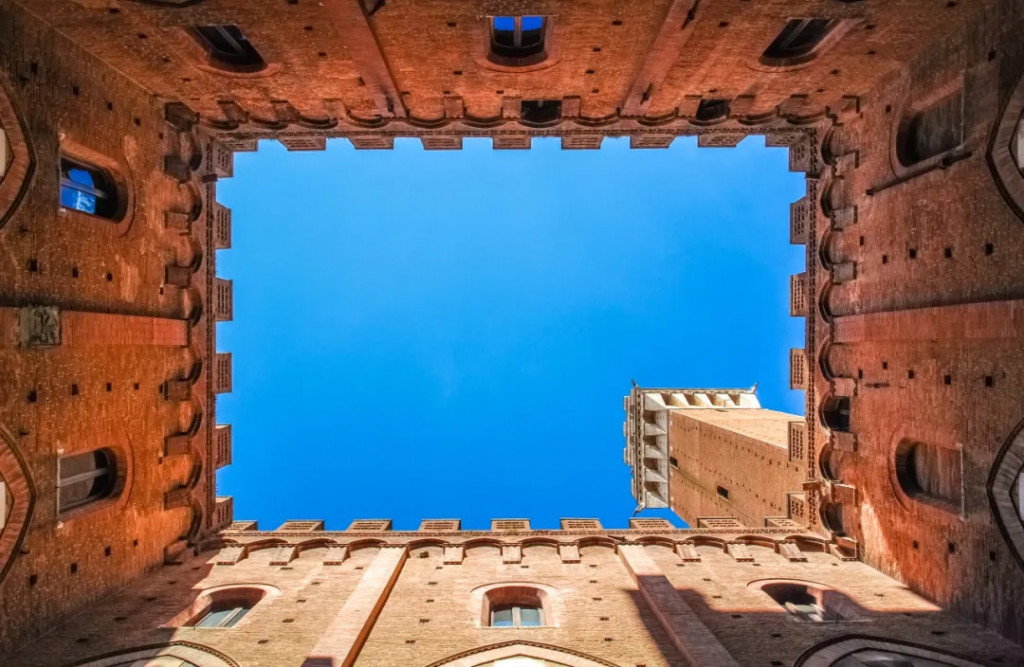
©Martin Mühlhäuser/500px
Duomo
The magnificent cathedral of Siena was consecrated on the site of a Roman temple in 179. The construction spanned the 13th and 14th centuries, showing the talents of many outstanding medieval and Renaissance architects and artists.
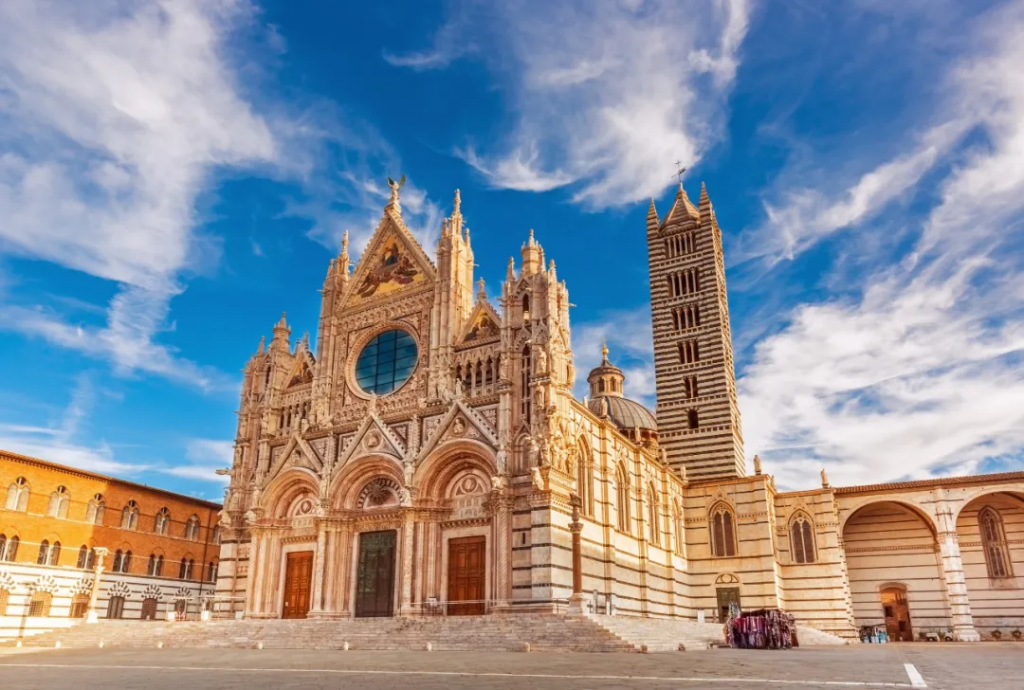
©RastoS/Shutterstock
Giovanni Pisano designed its intricate white, green and red marble facade, Nicolas Pisano carved an exquisite pulpit, and Pinturicchio was an extraordinary leather Libreria Piccolomini created murals, and Michelangelo, Donatello and Gian Lorenzo Bernini all created sculptures.
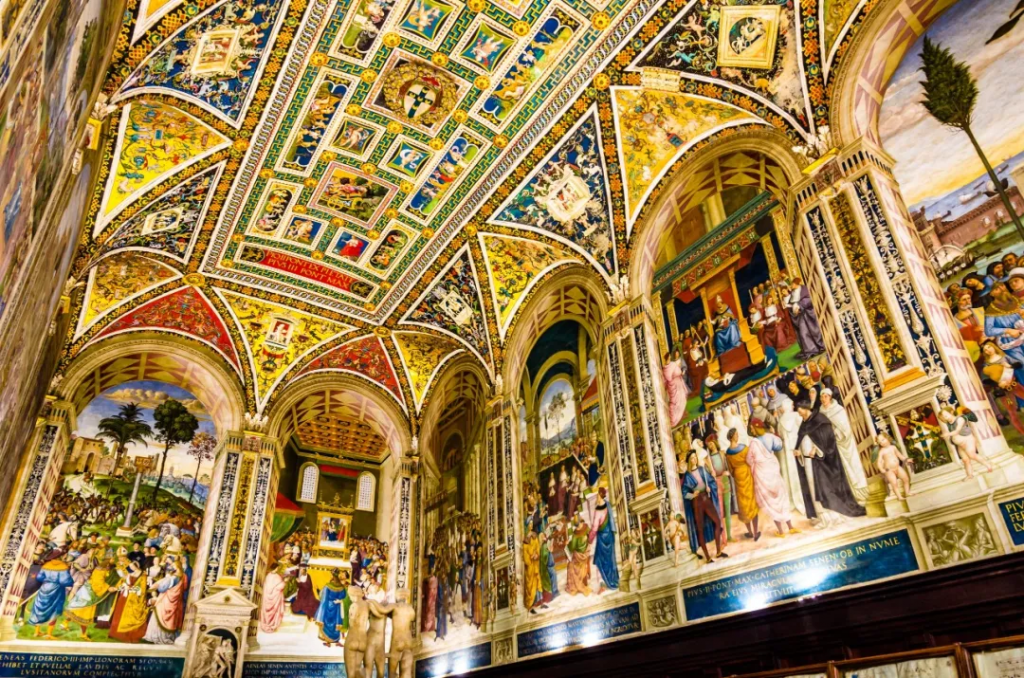
©Maurizio Callari/Shutterstock
Horse racing festival
This eye-catching festival originated in the Middle Ages. A series of colorful events will be held during the horse racing festival, and wild horse racing activities are also staged in Campo Square on July 2 and August 16 each year. Ten of Siena’s 17 districts (contrade) will compete for the coveted silk banner (palio). Each district has its own tradition, logo and representative color, in addition to its own church and pennant museum.
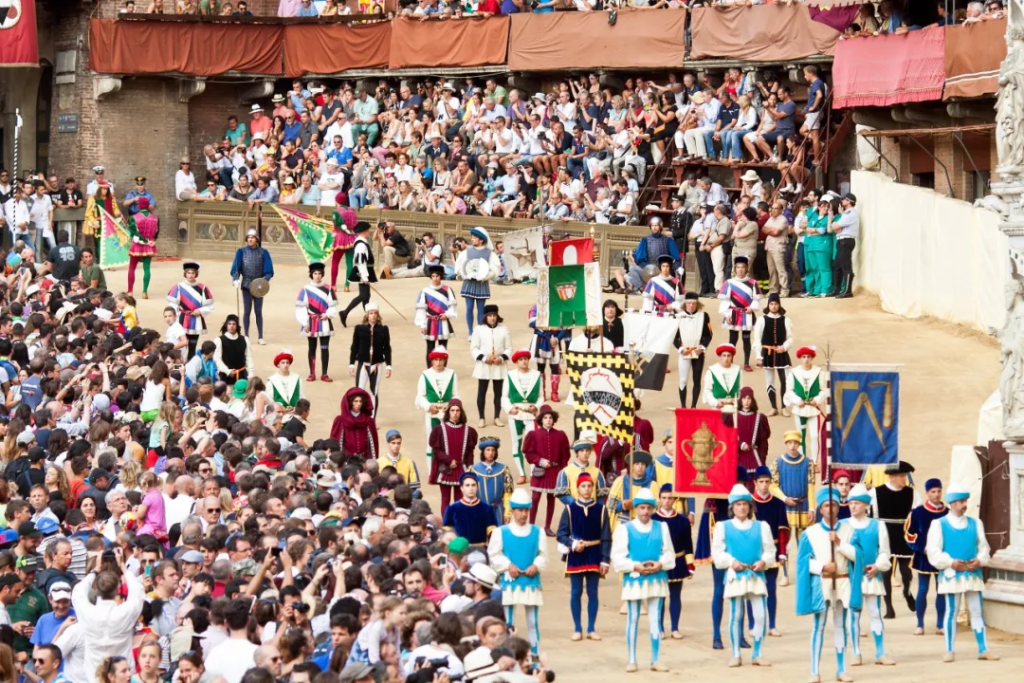
©Migel/Shutterstock
From about 17:00 on the game day, the representatives of each district began to parade in ancient costumes, and they would also wave their respective flags. In an exciting short time of 1 minute, 10 horses and riders on their naked backs will run 3 laps around the temporarily constructed dirt track, the speed and excitement of which will shock the audience.
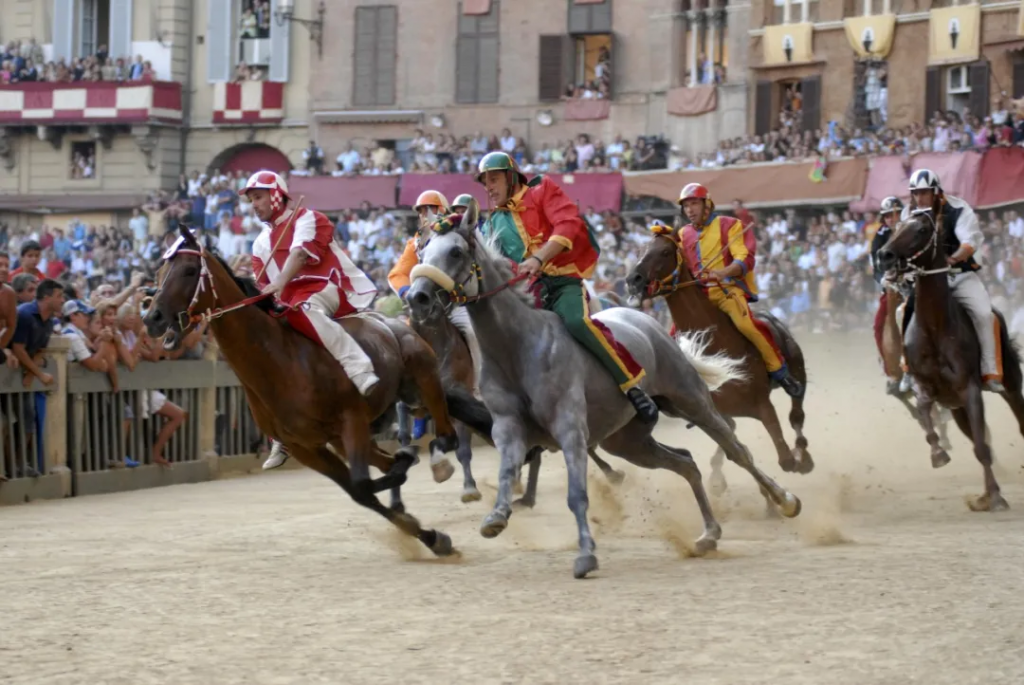
©M. Rohana/Shutterstock
San Gimignano
If you climb to the top of a nearby hill, you will definitely feel that the 14 towers in San Gimignano surrounded by the city walls are simply Manhattan in the Middle Ages. The tourists who flocked were fascinated by the town’s deep sense of history, complete medieval streetscape and charming rural scenery.
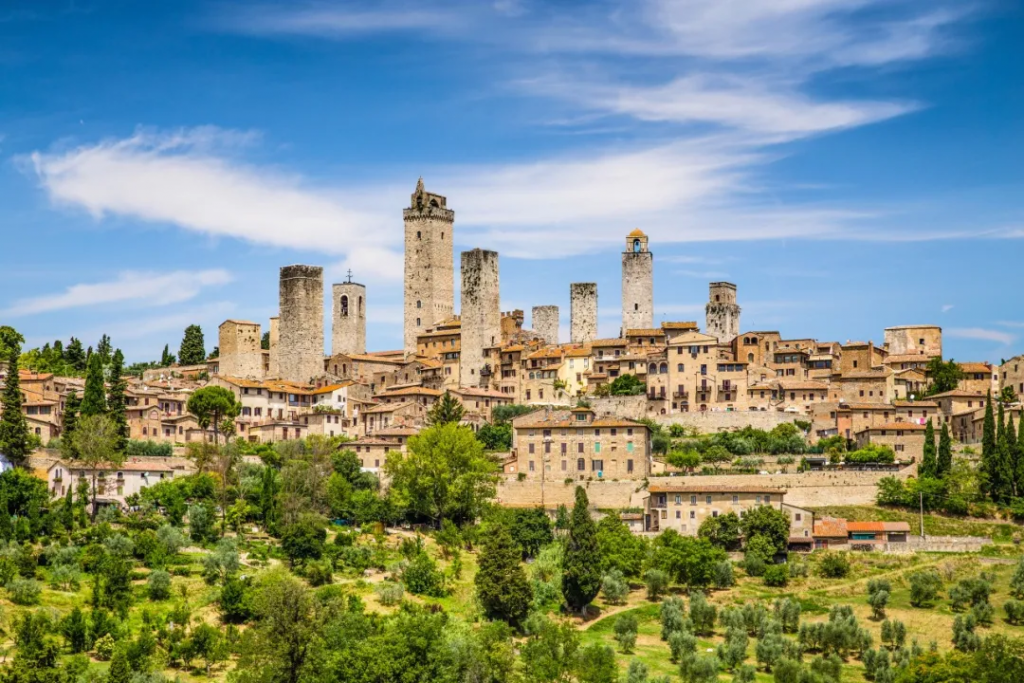
©canadastock/Shutterstock
Palazzo Comunale
Built in the 13th century, the Town Hall has always been the center of San Gimignano’s local government. The Dante Hall (Sala di Dante) is decorated with magnificent frescoes. In 1299, the great poet Dante tried to lobby the town council. The Camera del podestà and the Art Gallery (Pinacoteca) used to be the seat of government offices and now display wonderful artworks. Climb 218 steps to the 54-meter-high Torre Grossa (Torre Grossa) to admire the magnificent scenery of the town and surrounding countryside.
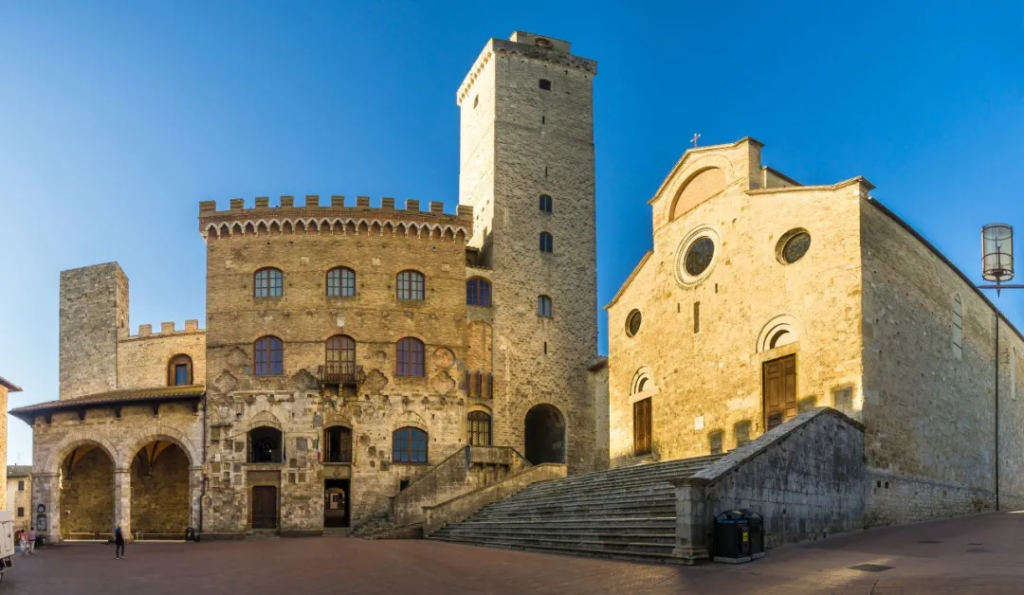
©milosk50/Shutterstock
Volterra
The well-preserved medieval fortress gave this wind-exposed town an atmosphere of pride and majesty. Because of this, Stephenie Meyer, the author of the super-selling novel Twilight ) Believes that this is the ideal place to show the largest vampire colony in the world in her works.
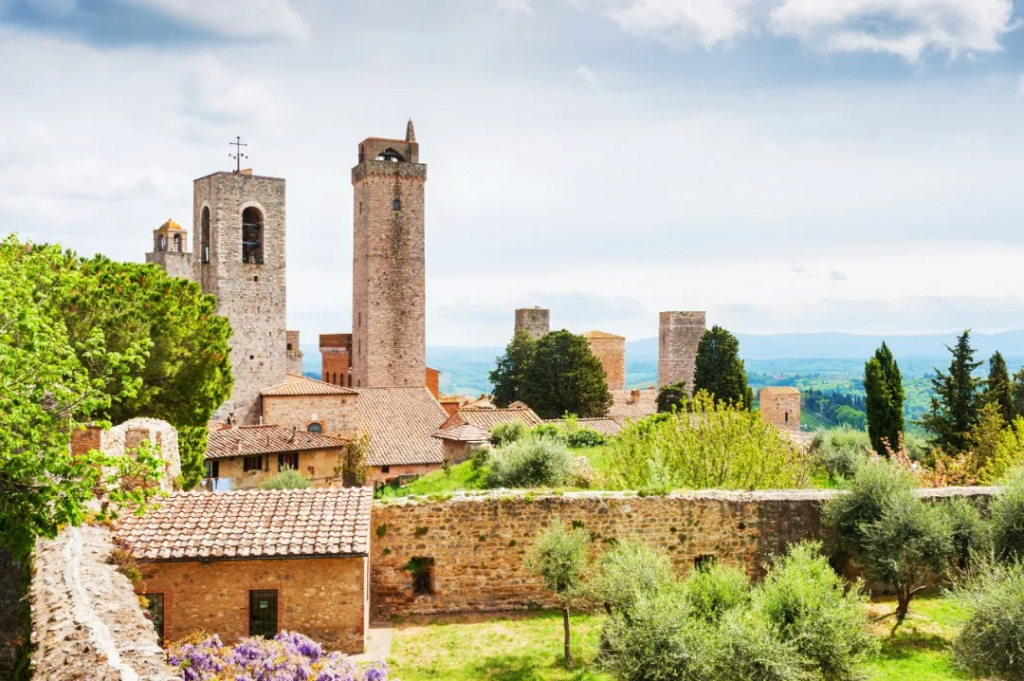
©Olga Gavrilova/Shutterstock
Roman Theatre
This is one of the most exquisite and well-preserved ancient Roman theaters in Italy. Its seats and towering stone pillars covered with green grass are particularly unforgettable. The theater was built in the 1st century BC and can hold 2,000 spectators. Today the tilted auditorium (cavea), orchestra pool and stage are still clearly identifiable.
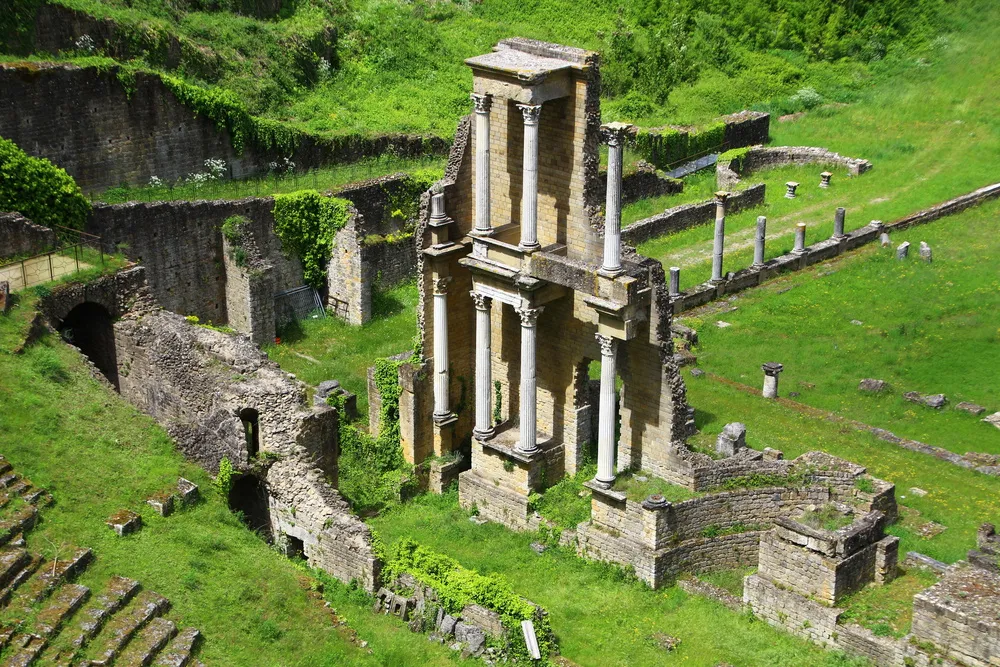
©bummi100
Southern Tuscany
The extremely spectacular coastline scenery, the mysterious Etruscan ruins and the medieval villages on the top of the hill add to this inaccessible area of tuscany the unique charm formed by isolation.
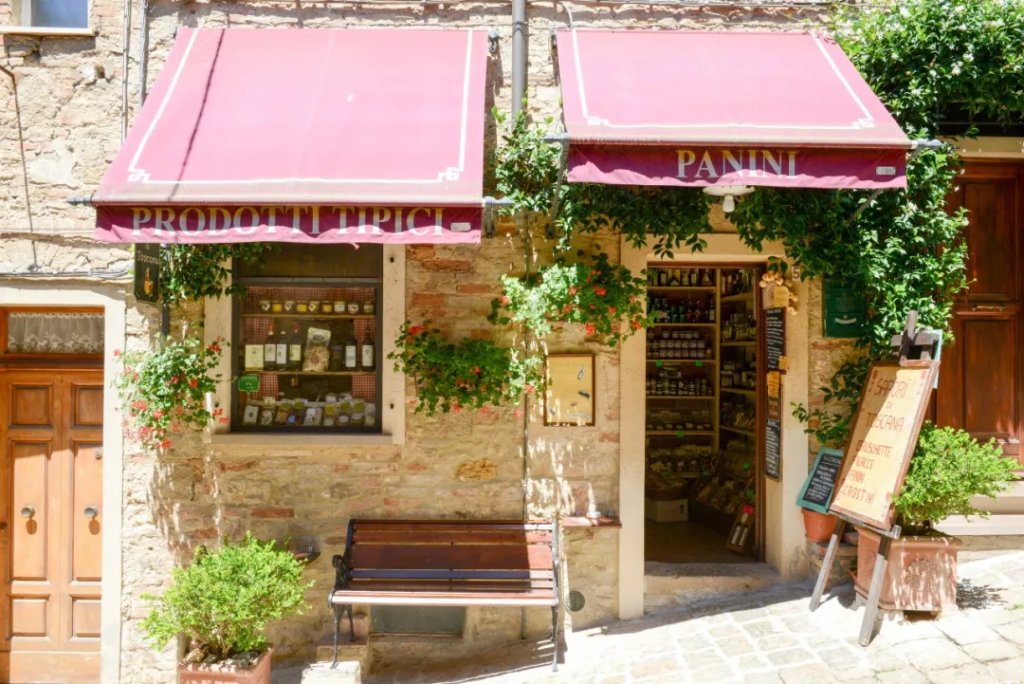
©Stefano Ember/Shutterstock
Massa Marittima
The main selling points of this quiet mountain city attracting tourists include: a weird but beloved museum, a very beautiful central square and largely preserved medieval streets, all of which are worthwhile for tour groups. A must-see view.
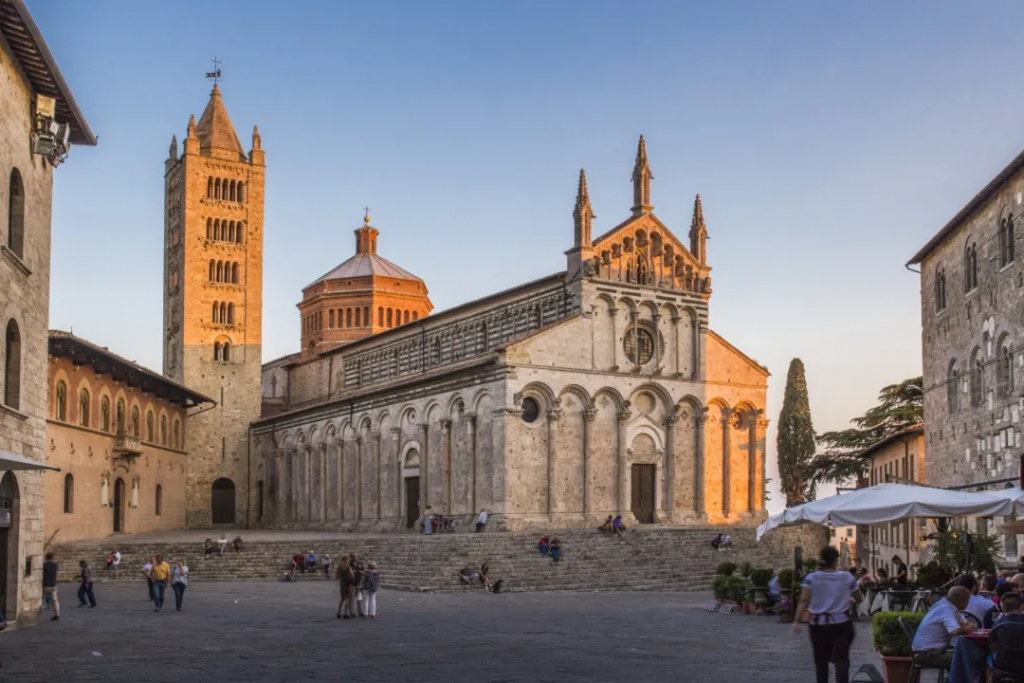
©WeronikaH/Shutterstock
Massa Marittima, which was briefly ruled by Pisan, became an independent municipality (comune) in 1225, but was annexed by Siena a century later. The plague of 1348, coupled with the gradual decline of the only profitable mining industry in the next 50 years, reduced the town to an endangered situation, and the malaria that prevailed in the surrounding marshes made the situation worse. Fortunately, the swamp was drained in the 18th century. Soon thereafter, the mining industry in the town rose again, giving Massa Marittima back to life.
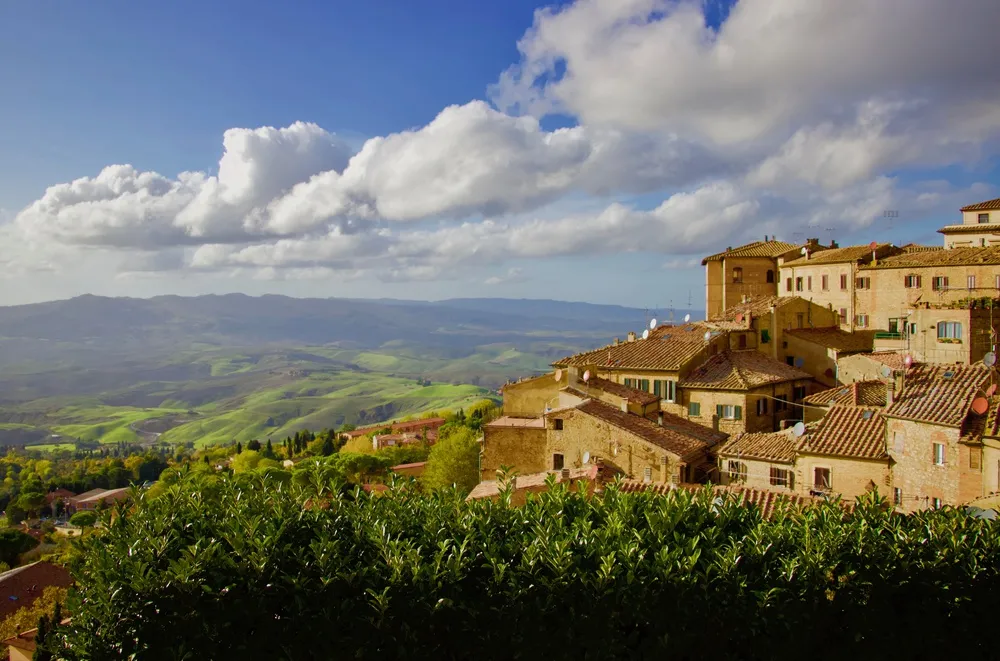
©HH Lifestyle Tr
The town is divided into 3 districts: Old Town (Città Vecchia), New Town (Città Nuova) and Autonomous Region (Borgo). Enter the old town through the magnificent Arch of Siena (Arco Senese)
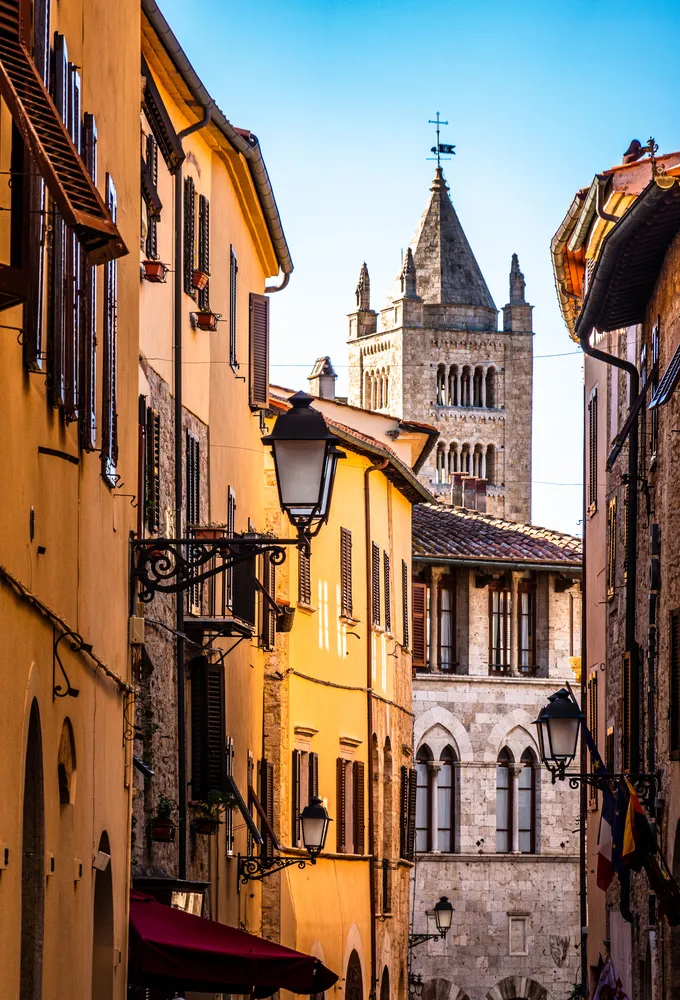
©fottoo/Adobe Stock
Città del Tufo
The beautiful Pitigliano, Sovana and Sorano form a triangle, which also creates a peculiar landform. Since the Etruscan period, houses here have been built from a type of volcanic porous rock called tuff. This area is called the city of tuff, another less well-known name is the land of tuff (Paese del Tufo).
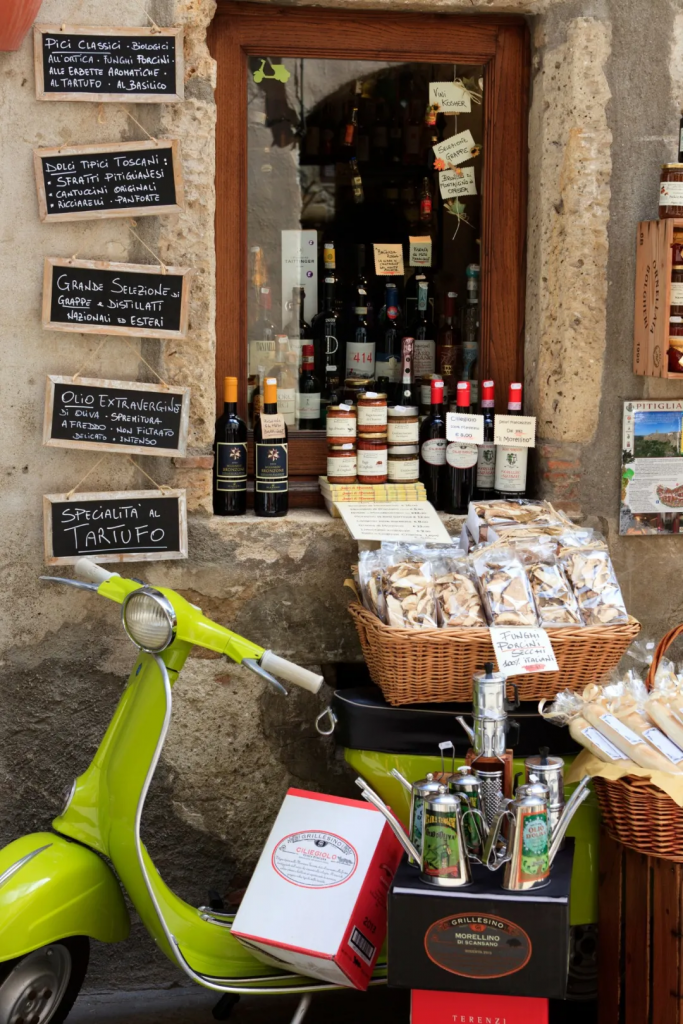
©Paolo Trovo/Shutterstock
Pitigliano rises from a volcanic rock that overlooks the surrounding countryside. It is integrated with the rock. It is surrounded by a canyon on three sides, forming a natural barrier, and a fortress is added to the east. The 16th-century synagogue and local dishes with unique Jewish flavors remind people that this town used to have a large Jewish community.
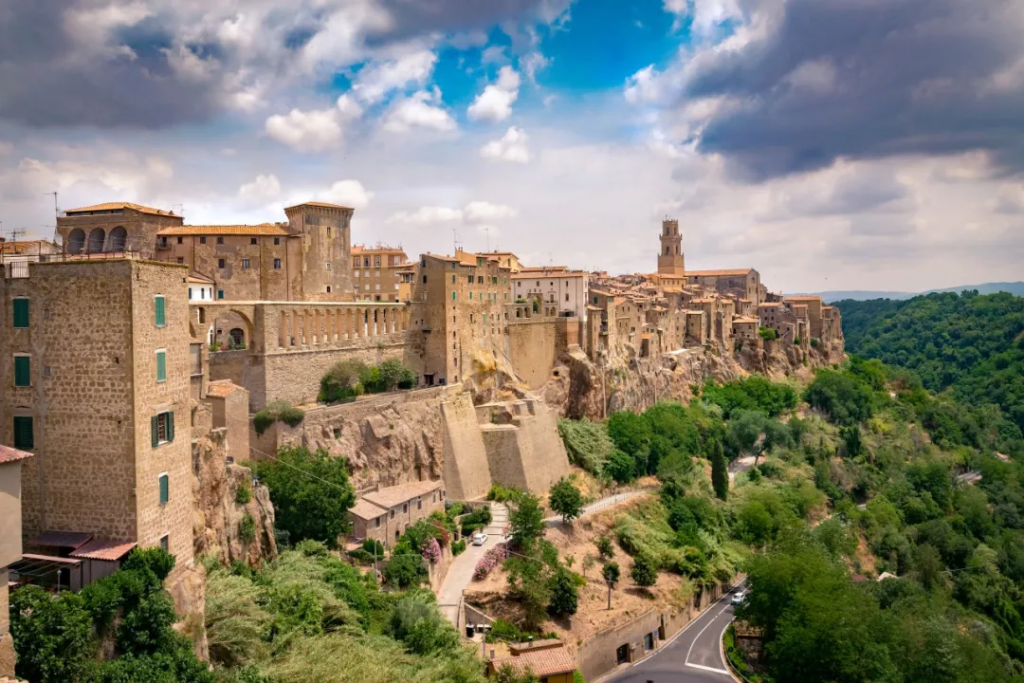
©pointbreak/Shutterstock
In the beautiful postcard-like town of Sovana, the main attractions are the cobblestone main street dating back to Roman times, two simple and lovely Romanesque churches, and a museum exhibiting a series of ancient gold coins.
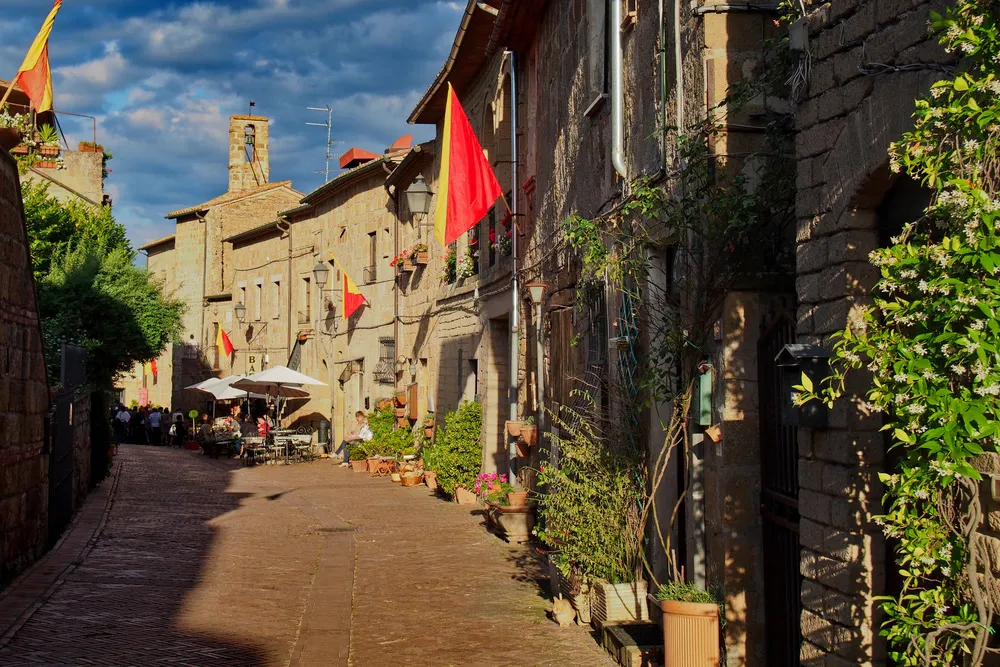
©Jiri/Adobe Stock
Sorano’s environment is spectacular: it sits straddling a torch, and vicissitudes of stone houses are built along the ridge, overlooking the Lente and the canyon. Below the ridgeline are cantines excavated from the tuff and a series of attractive terrace gardens, many of which are hidden from public view.
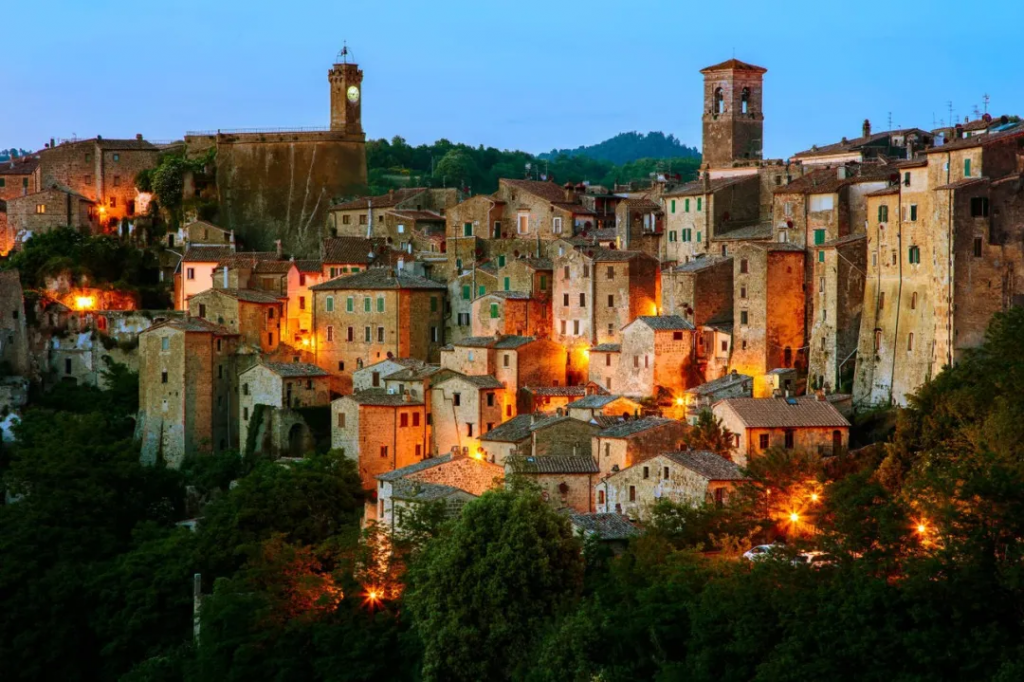
©Fesus Robert/panther
Central Coast and Elba
Despite the dreamlike scenery, most of this region of Tuscany is far away from tourist routes.
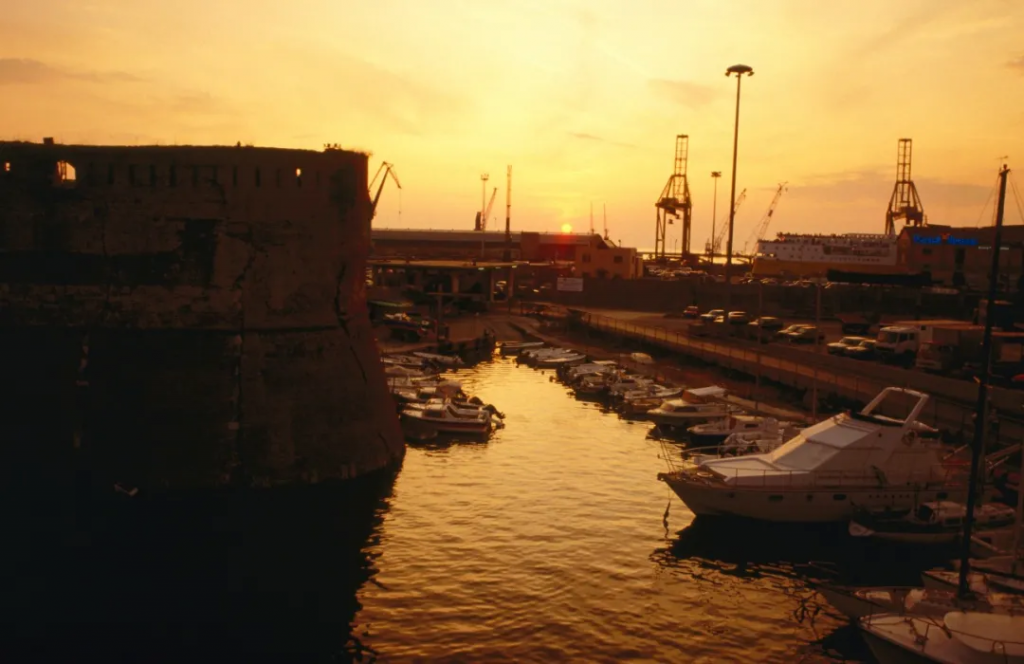
©Jon Davison/Lonely Planet
Livorno
This is the third largest city in Tuscany and an important port city with a rich history and cultural heritage from all over the world. In the 17th century, Livorno was declared a free port, attracting merchants from all over the world, and with it came brand new customs, exotic commodities, slaves, and foreign forms of religious worship. A city famous for its multiculturalism in Europe This was born.
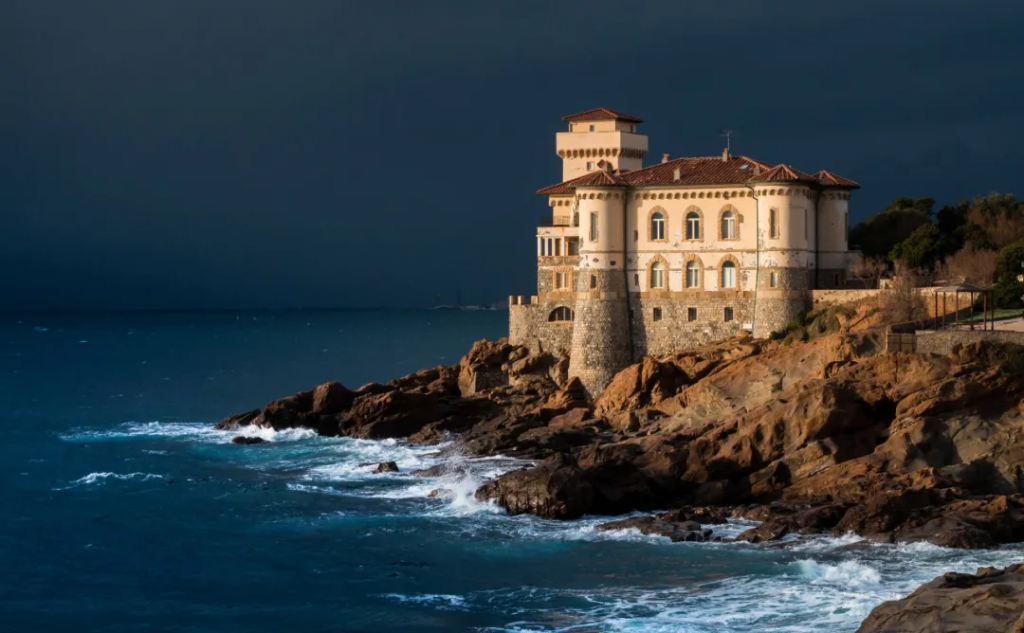
©Michele Marrucci/500px
Today, the seafood here is the best on the Tyrrhenian coast. The old historical area is separated by a Venetian-style canal, full of personality, and the elegant Belle Époque architecture recalls the prosperity of the past. It is very convenient to travel by train from Florence, Pisa and Rome. On all kinds of Tuscany travel routes, Livorno, although inconspicuous, certainly makes people feel worthwhile.

©Ursula Ferrara/Shutterstock
Isola d’EIba
If Napoleon was exiled to Elba Island today, perhaps he would hesitate to escape from here. Although it is much more crowded than when the emperor was exiled here in 1814, the island has bays surrounded by beaches, vineyards, blue waters, steep driving routes, and a 1,018-meter high mountain (Capane Mountain) and dazzling scenery.
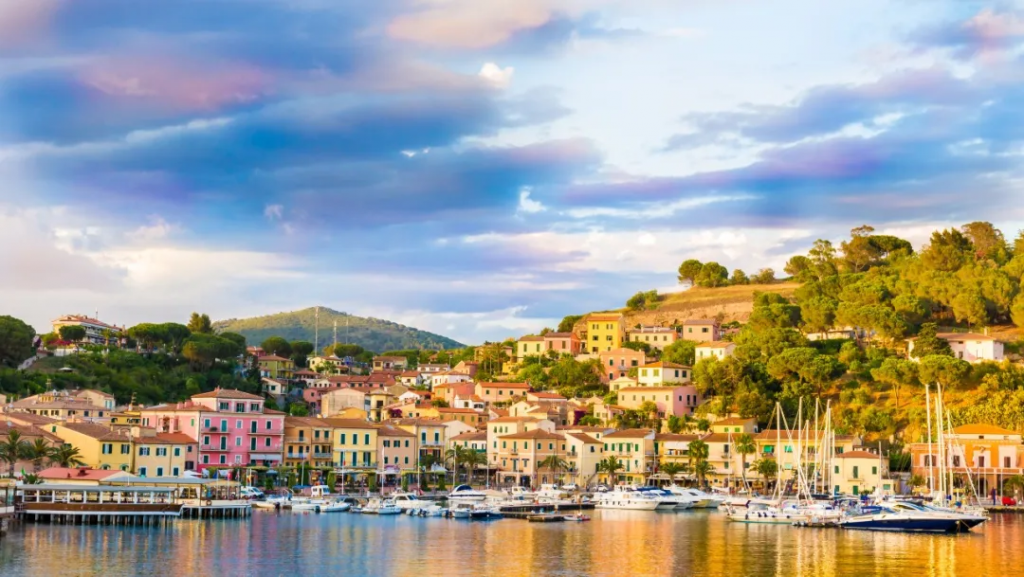
©Balate Dorin/Shutterstock
The icing on the cake is the exquisite nautical food, delicious island wine, and the land and sea scenery that is perfect for hiking, biking, and sea kayaking. When harvesting grapes and olives in spring, early summer and autumn, you will find plenty of tranquil corners on this picturesque island, 28 kilometers long and 19 kilometers wide.
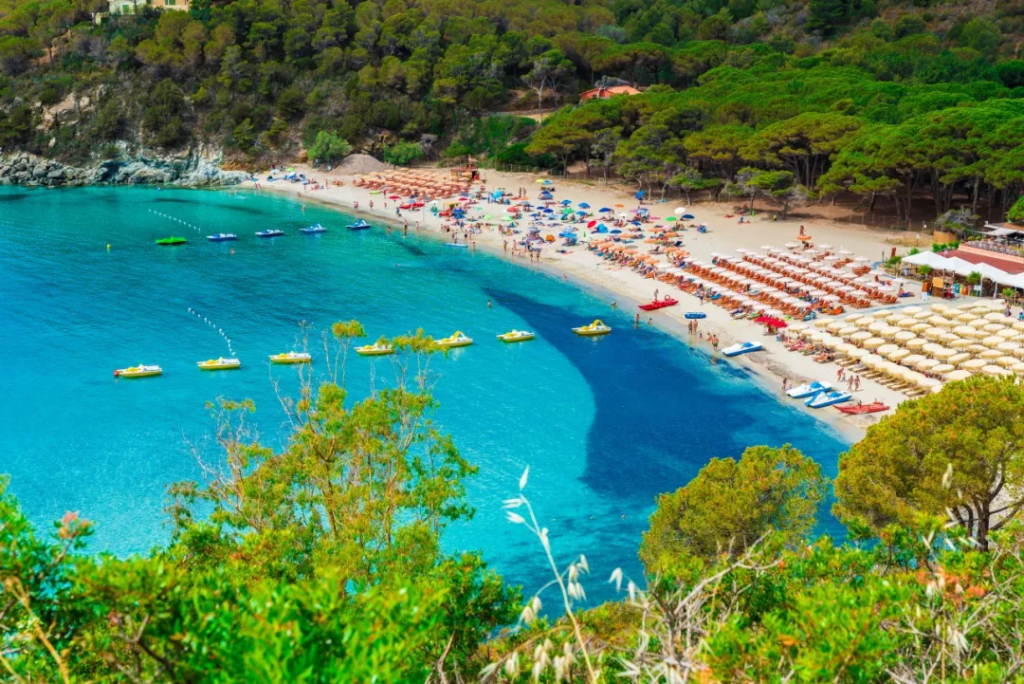
©Balate Dorin/Shutterstock
Tuscany
This green corner of Tuscany has more than just the iconic leaning tower in Italy. You can also enjoy a special lunch in the countryside, stroll through the medieval mountain villages, and explore ancient pilgrimage routes. This is a place where life in Italy is at a leisurely pace, and it is impossible not to love it.
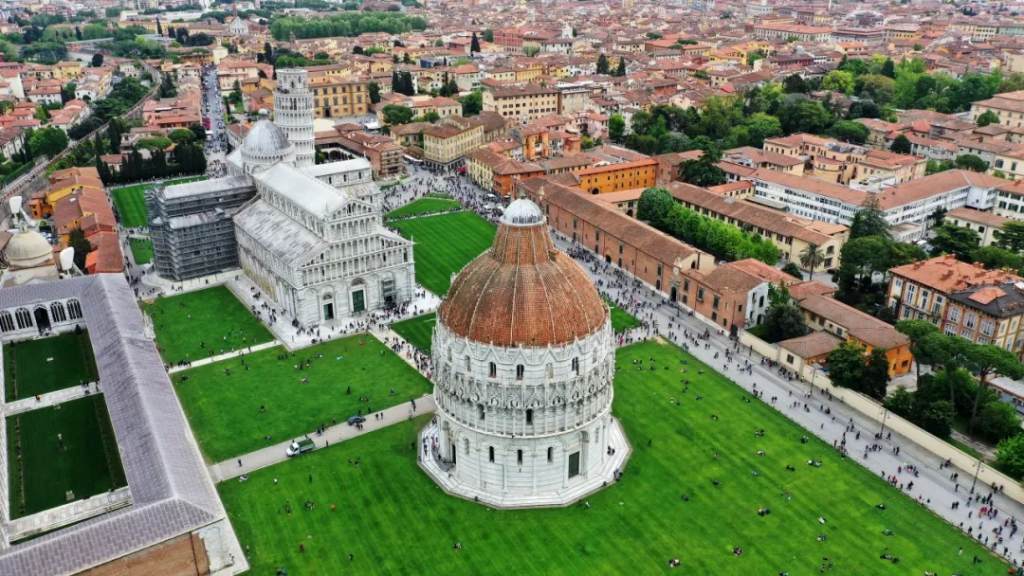
©Jon Davison/Lonely Planet
Pisa
Pisa once had sea power comparable to Genoa and Venice, but now it is famous for a building that has gone badly wrong. However, the world-famous Leaning Tower is just one of many attractions in this eye-catching town.

©Steve Allen/Shutterstock
Since the 15th century, education has been the driving force of the local economy, and today students from all over Italy compete with each other to enter the top universities here. This prompted the town center to be filled with lively cafes and bars. Complementing them are the well-preserved Romanesque buildings, Gothic churches, and Renaissance squares.

©Jon Davison/Lonely Planet
Torre Pendente
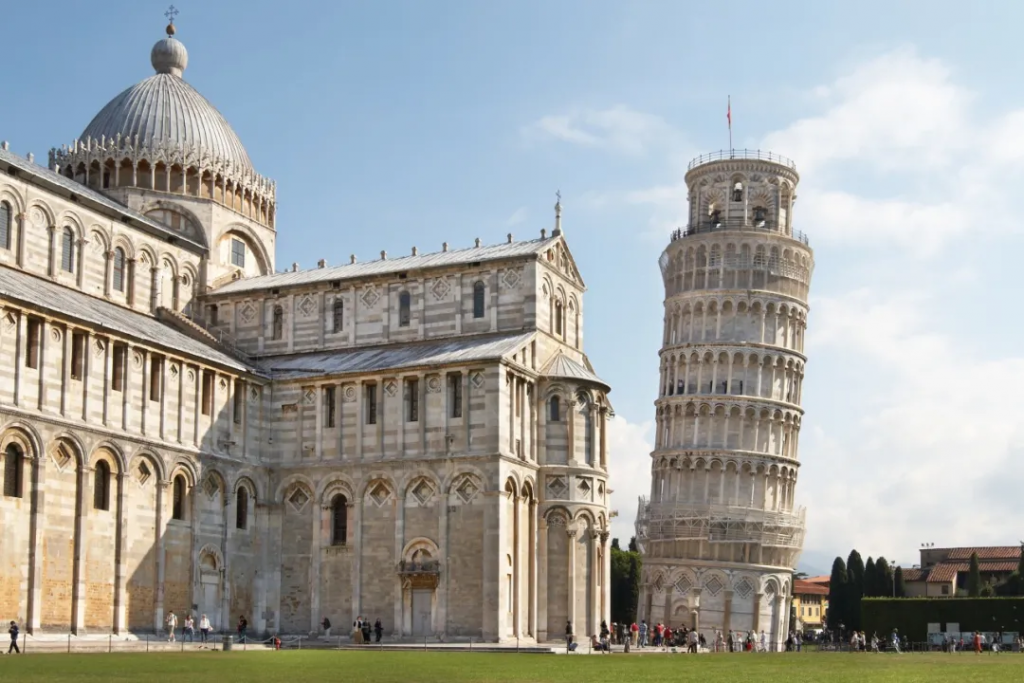
©Galina Mikhalishina/Shutterstock
Battistero di San Giovanni
As one of Italy’s iconic attractions, the Leaning Tower of Pisa deserves its reputation, with its body deviating from the vertical by 3.9 degrees. The official function of this 56-meter-tall tower is the campanile of the cathedral. It took nearly 200 years to build, but it tilted before it was unveiled in 1372. Only 45 people are allowed to enter the Leaning Tower at a time-children under 8 years old cannot enter, and children 8-10 years old must hold an adult’s hand to enter.
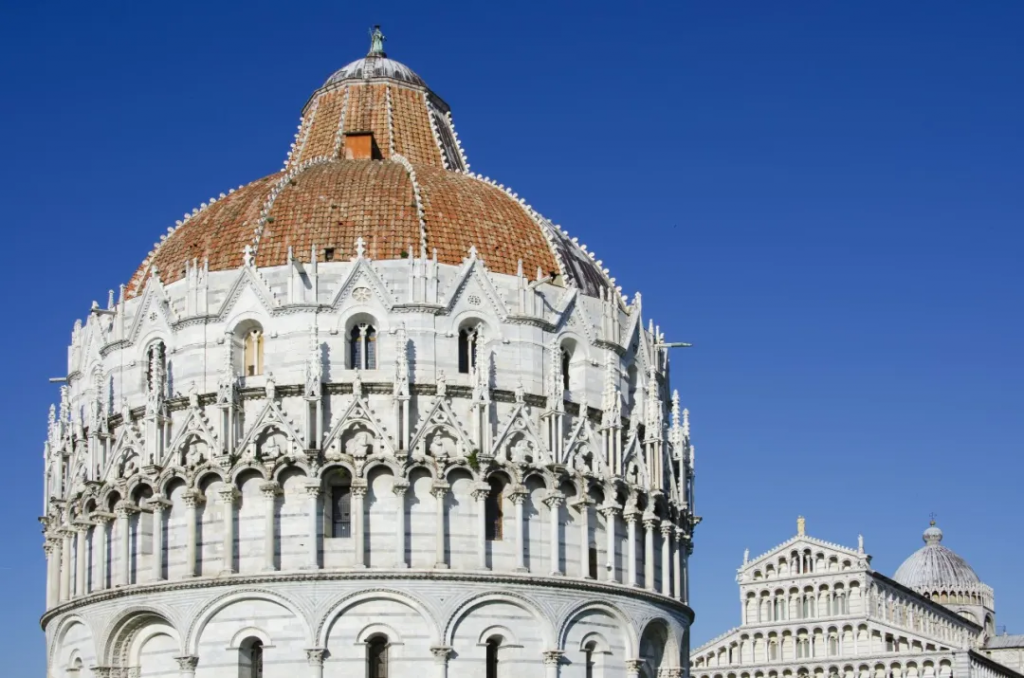
©PhotoTrippingAmerica/Shutterstock
Lucca
The lovely Luca is loved by every tourist. Behind the magnificent city walls built during the Renaissance, the cobblestone streets, beautiful palaces and tree-lined streets make the city a perfect choice for exploring on foot.
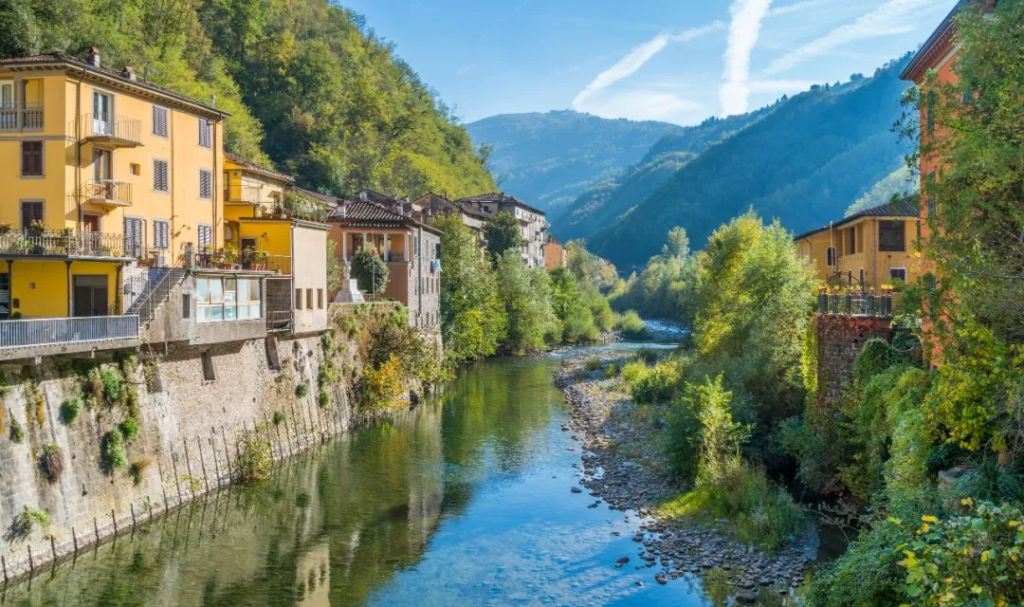
©Stefano_Valeri/Shutterstock
The cobbled Via Fillungo (Via Fillungo) runs through the medieval heart of the old city. It is lined with fashion boutiques and cars are not allowed. To the east is one of the cutest squares in Tuscany-the oval-shaped Piazza Anfiteatro (Piazza Anfiteatro) filled with cafes. It is named after the amphitheater built here in the Roman era. The remnants of the red brick arch bridge of the theater and the exterior wall structure of the medieval building surrounding the square are still visible.
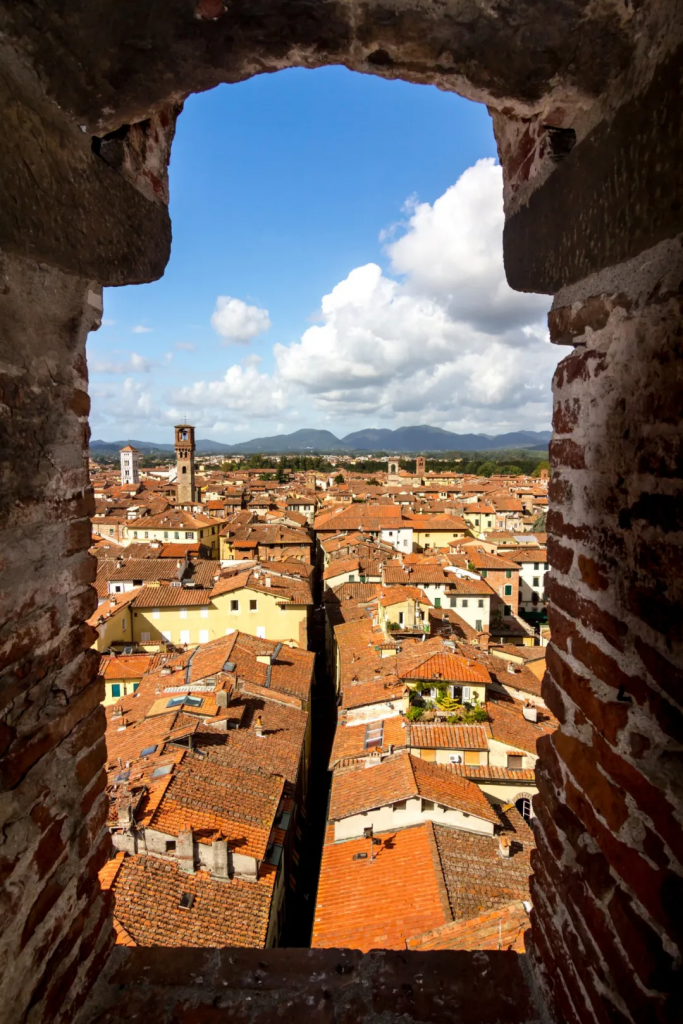
©Kanuman/Shutterstock
At the end of the day, ancient cafes and restaurants tempted visitors to come in and relax with a glass or two of Lucchesi wine, before slowly waiting for country dishes made with ingredients from nearby Garfagnana.
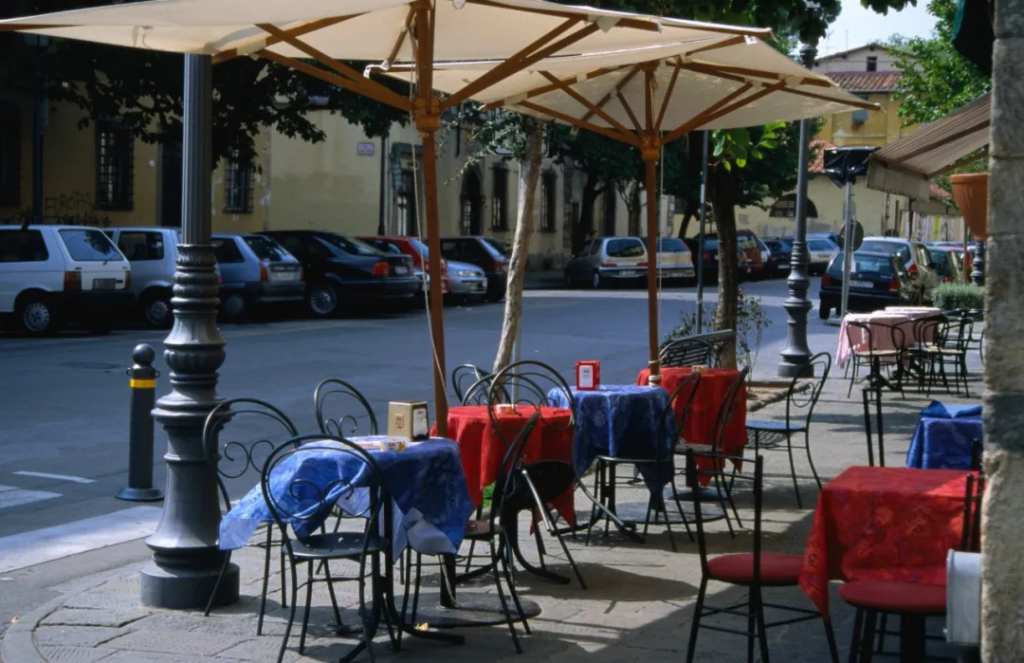
©Martin Hughes/Lonely Planet
Tuscany area east
Eastern Tuscany is popular with film directors, and the beautiful landscapes and hilltop towns here have been eternally recorded by some acclaimed and beautiful films. However, this area is rarely visited by tourists, so the roads are not very crowded and can be explored by knowledgeable people.
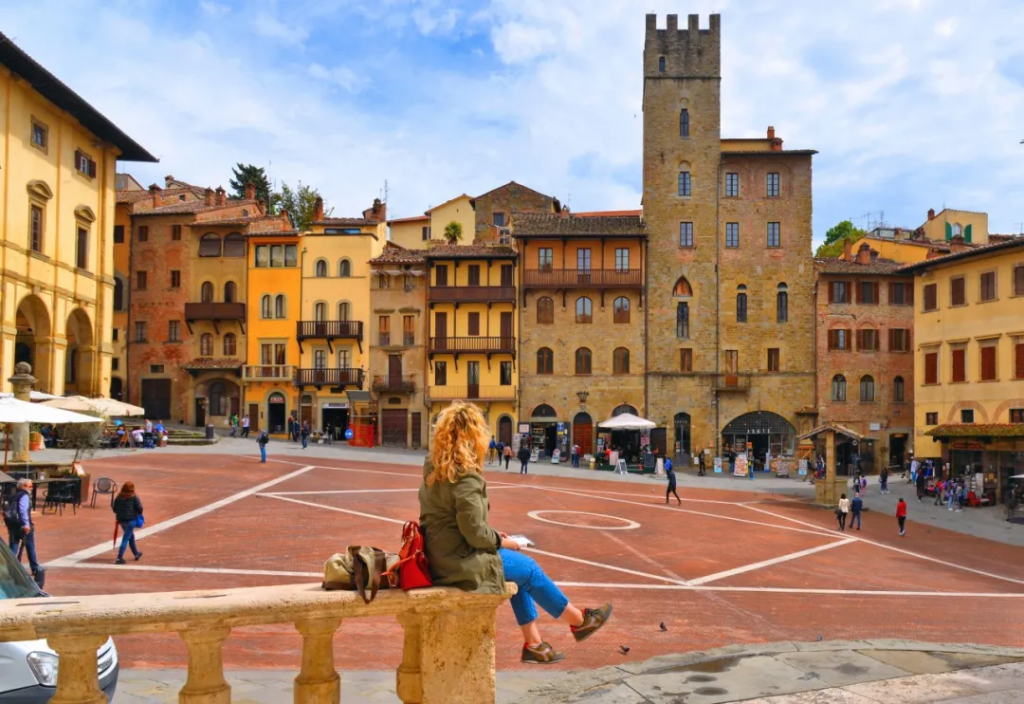
©poludziber/Shutterstock
Arezzo
Although Arezzo is not the most important city in Tuscany, the part of its historical center that survived the merciless artillery of World War II is as eye-catching as other travel destinations in this area-the central square of the city. It once appeared in Roberto Benigni’s classic film “La vita è bella” (La vita è bella), and it is still as beautiful now.
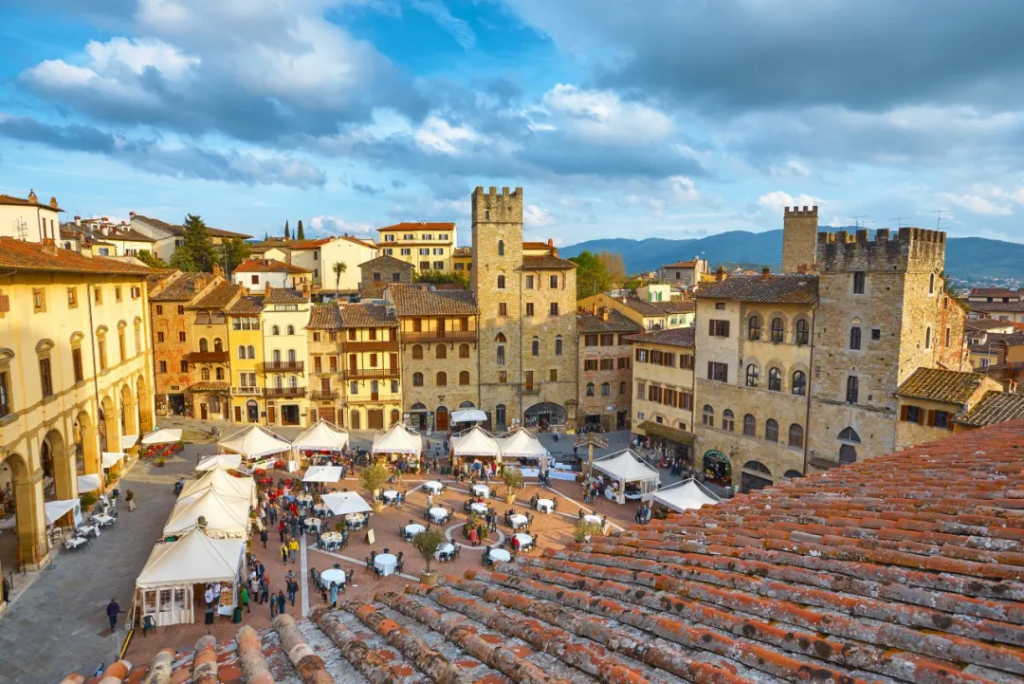
©Truba7113/Shutterstock
Arezzo was once an important trading post in Etruscans and was later annexed by the Roman Empire. It was a free republic in the 10th century, and later supported the emperor in the fierce battle between the Papalists and the Emperors, and was finally conquered by Florence in 1384.
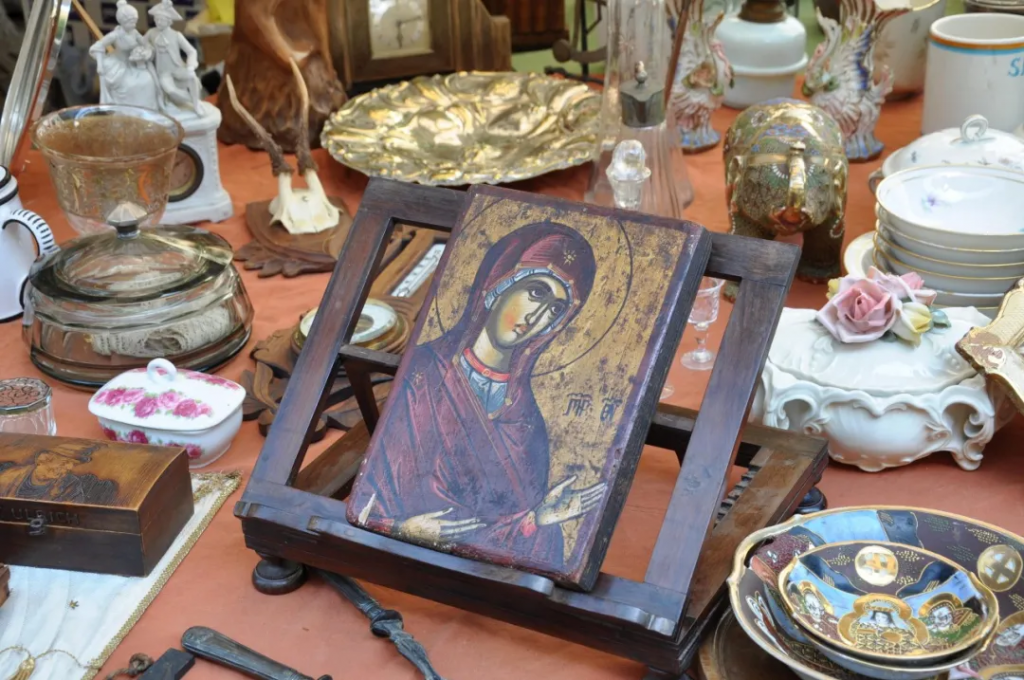
©Flegere/Shutterstock
Today, the city is famous for its churches, museums, and sloping Piazza Grande (Piazza Grande), across from the square there is a huge antique market every month. At dusk, the residents of Arezzo will walk along the Corso Italia, lined with shops.
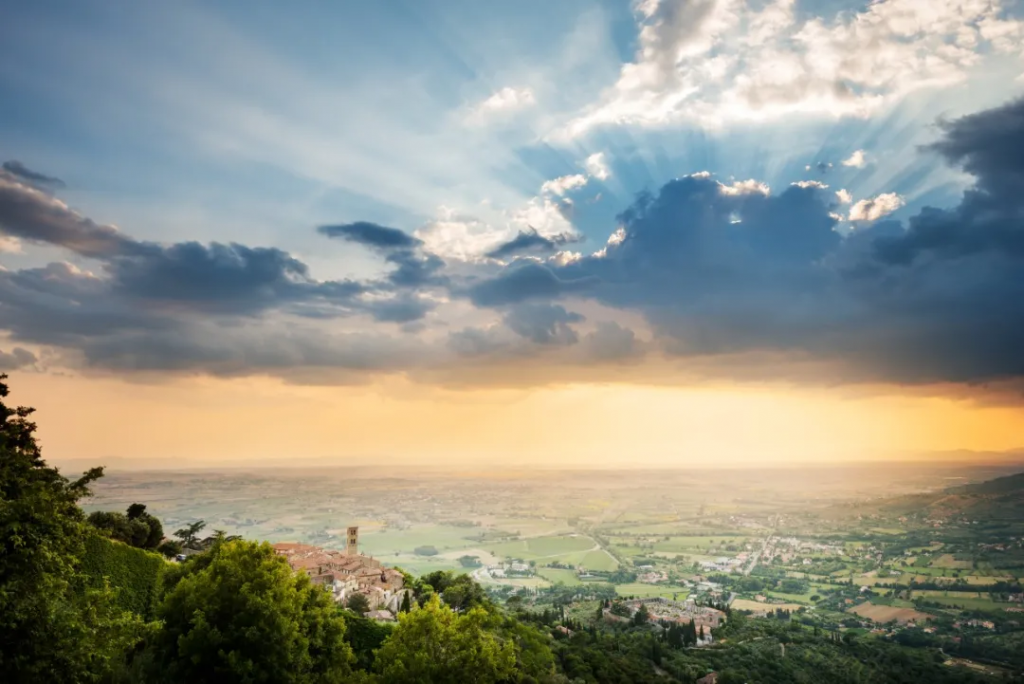
©Justin Foulkes/Lonely Planet
Cortona
In this town on the top of the hill, all rooms have a beautiful view. In the late 14th century, Angelico lived and worked here, and his contemporaries, Luca Signorelli (Luca Signorelli) and Pietro da Cortona (Pietro da Cortona) were both born in In this small town. You can learn about these three artists in the small but charming collection of the Diocesano Museum (Museo Diocesano).
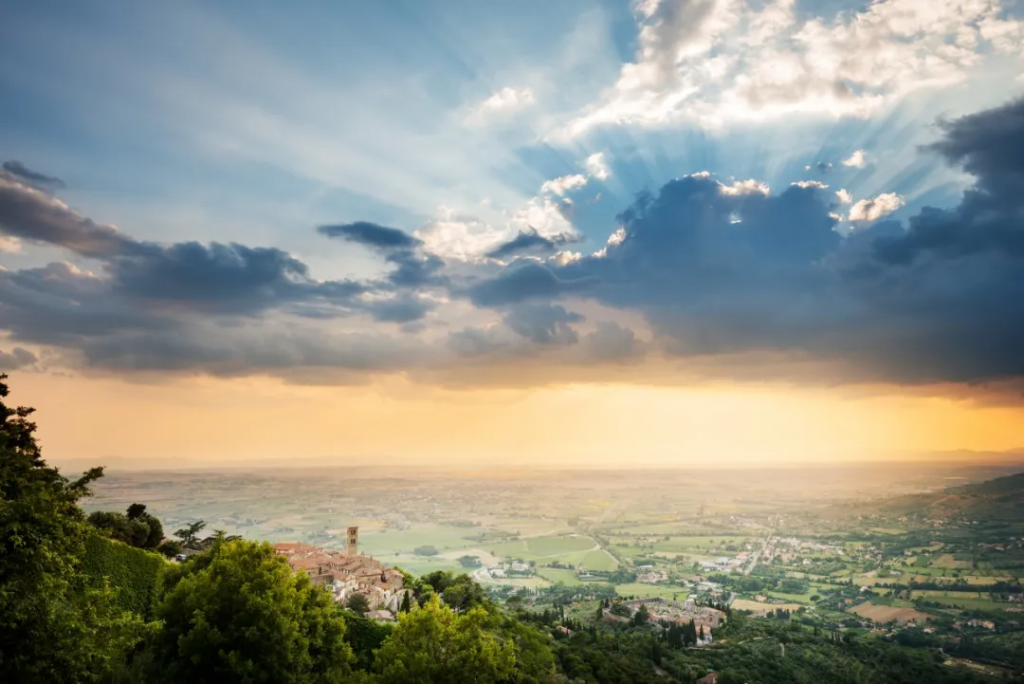
©Justin Foulkes/Lonely Planet
A large part of the film “Under the Tuscan Sun” based on the novel by Frances Mayes was filmed here.
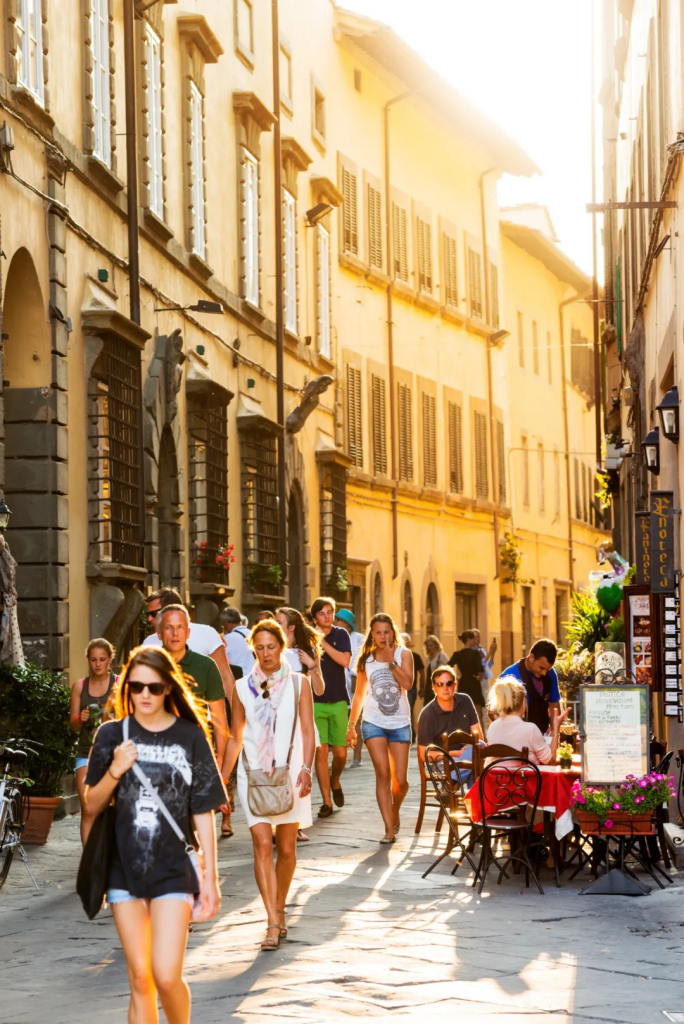
©Justin Foulkes/Lonely Planet
Comments